Earth Science and Engineering
Reality check for Red Sea wave predictions
Current models that predict ocean surface conditions overestimate wave patterns in the middle of the Red Sea.
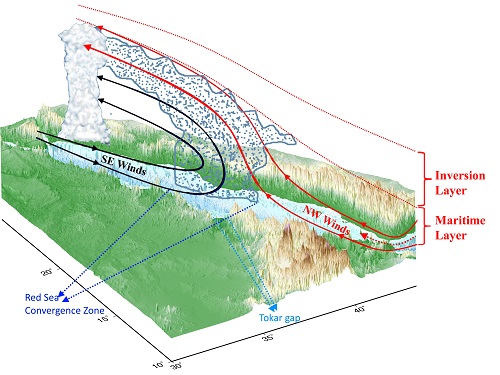
Warm northwesterly winds meet cold southeasterly winds in the Red Sea’s convergence zone. The warm winds flow on top of the cold winds, trapping them and forcing them to reverse at a higher altitude. This creates a cloudy zone, unusual for the sunny Red Sea.
Reproduced with permission from Ref 1©
Improved modelling of Red Sea wind and waves by KAUST scientists will enhance simulations of ocean-surface conditions in the Red Sea.
Mathematical wind-wave models are used to illustrate past and future ocean surface conditions. They are important for coastal oceanographic studies, coastal management activities, ocean engineering and maritime activities. While satisfactorily accurate for open oceans, these models have been inadequate for conditions on enclosed seas.
Predicting conditions in the Red Sea is particularly challenging because of the Red Sea’s long and narrow shape. “This makes the local conditions extremely sensitive to even minor changes in the direction of the driving wind fields,” explained Ibrahim Hoteit from the Physical Science and Engineering Division.
The Red Sea basin is bordered by mountain ranges on both sides, transforming it into a wind tunnel. In the winter months, winds blow in a south-easterly direction from the Mediterranean and a north-westerly direction from the Gulf of Aden. These two opposing wind systems meet in the so-called “Red Sea convergence zone,” producing complicated wave patterns that depend on small details in the driving winds.
A team of scientists from KAUST and the Institute of Marine Sciences in Italy compared predictions of WAVEWATCH III, a widely used state-of-the-art wave model, with actual data from satellites and meteo-oceanographic buoys in the Red Sea1.
Their results suggested that current inputs to the model do not properly represent the evolution of wind-wave patterns, especially in the convergence zone. Even with correct or underestimated wind conditions, the model tended to overestimate the wave conditions, particularly in the convergence zone. By modifying details in the model’s equations, the team managed to improve the wave-model simulation under opposing wind and wave conditions.
“Precise knowledge of sea-state information and its climatology would be highly beneficial to marine activities ranging from conventional fishing to transportation of goods and crude oil,” said KAUST Ph.D. student Sabique Langodan. “This study developed an accurate representation of wave fields in the Red Sea…[and] provided a unique opportunity to study the evolution of two wave systems of similar amplitude and frequency propagating in opposite directions.” The study can be considered an important contribution to future developments of wave models, he explained.
The team is currently studying how wind and wave patterns in the Red Sea have varied over time. They are also characterizing wind and wave energy resources to identify the Red Sea’s potential as a renewable energy source.
References
- Langodan, S., Cavaleri, L., Viswanadhapalli, Y., Hoteit, I. Wind-wave source functions in opposing seas. Journal of Geophysical Research Oceans 120, 6751–6768.| article
You might also like
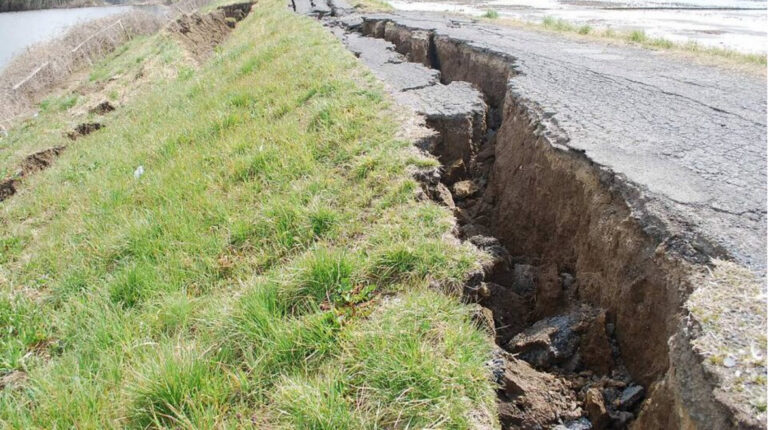
Earth Science and Engineering
When Earth breaks the “rules”
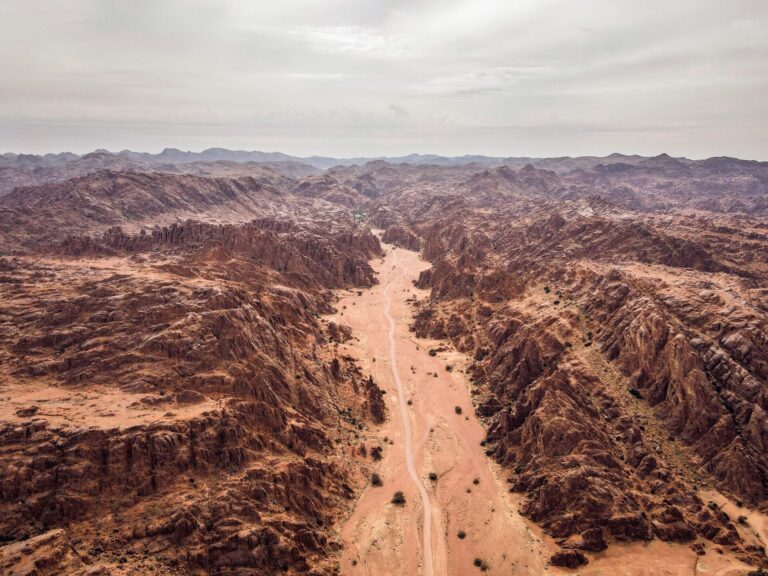
Earth Science and Engineering
Unearthing Arabia’s ancient foundations: New insights from the Ha’il terrane
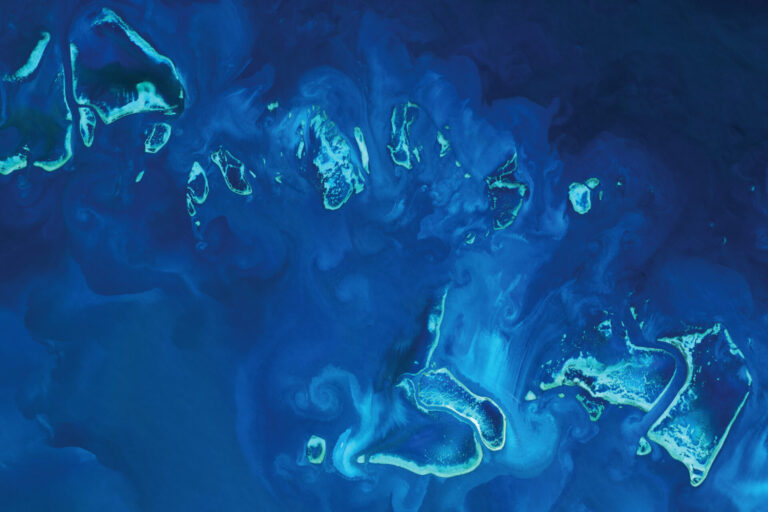
Earth Science and Engineering
Sensing color cues to monitor coral health in the Red Sea
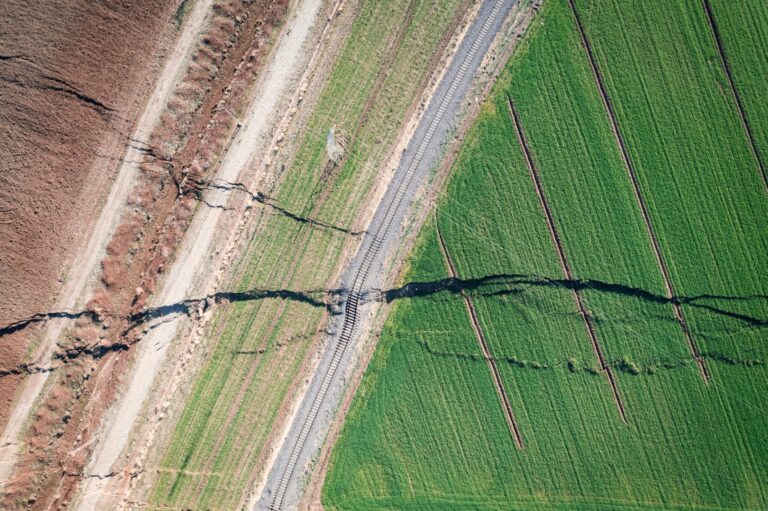
Earth Science and Engineering
Kahramanmaraş earthquake study showcases potential slip rate errors

Chemical Engineering
Unveiling the role of biomass-burning aerosols in atmospheric reactions

Earth Science and Engineering
Feeling the heat across the Middle East
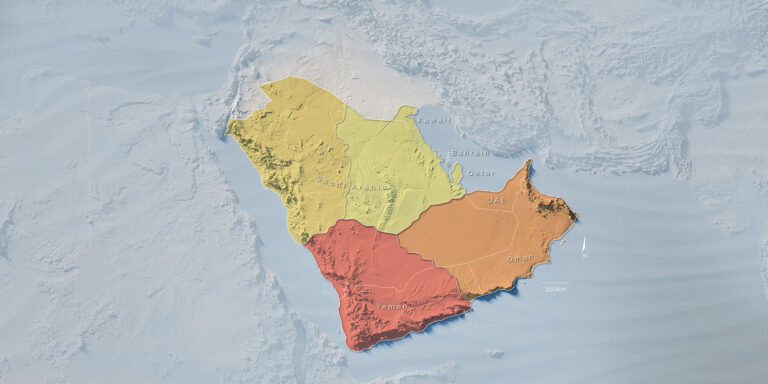
Applied Mathematics and Computational Sciences
Past and future drought patterns across the Arabian Peninsula

Earth Science and Engineering



